|
On a chilly New England spring morning (yes, it snows in April here), tucked behind the Southern Jamaica Plain Health Center is a yoga studio where the monthly meeting for the Racial Justice Training Seminar was assembling. The chairs were arranged in a circle, wall mirrors covered by ruby curtains. The skin colors in the room ranged from pinky white to deep dark chocolate, one woman came with her walking assistance device, there were immigrants, descendants of African slaves, a mixed-race woman who wore a bindi on her crown, a southern white woman, gay, queer-identified and one young African American man. It was a kaleidoscope of the American tapestry. It was beautiful. There aren’t many spaces in my current life where I feel the safety of common ground and an unshielded sense of vulnerability. They were strangers yet somewhere I knew they were there because of a full heart to make this world and our community a better place for everyone. I first heard about JPHC’s work around racial justice and racial healing when I heard Abigail Ortiz, MPH, MSW speak at the inaugural Racial Justice Symposium at Boston College in March 2018. She along with Dennie Butler-MacKay presented the collaborative work called “The Racial Reconciliation & Healing Project”. During the symposium and as a ritual introduction, one facilitator pronounced her race, ethnicity and gender pronouns. “I identify racially as a white woman, ethnically as English, Irish and Northern European and use the pronouns she/her/hers”. The other speakers at the symposium introduced themselves in the same fashion. One African American man, comically (but seriously!) identified as “Wakandian” which resonated with the audience in laughter and solidarity. This particular training seminar was catered toward healthcare workers and adults however the core of this program’s important work is for adolescents and young adults. The youth participate in a year long biweekly meetings to foster the increased connection with themselves, their peers and the world. Linked here is the video that the youth made describing the program. The seminar could easily engulf one into a Ph.D. thesis work of in-depth research, analysis, and on-going discussion, unfortunately, we only had two hours to digest all this material. The summary style of this training was thought-provoking and a heavy reality that has stimulated me to continue talking about this topic. The topics that struck me most are summarized below. The introduction began with the framework of “Radical Democracy “. “Radical Democracy political framework focused on structural racism. This framework assumes that racism, “a system of advantage based on race” (David Wellman), operates through policies, practices, systems, and structures that work in tandem with other forms of oppression to maintain a state of white supremacy, patriarchy, and capitalism.” (from racialrec.org website) The facilitators set the tone for the meaning of this work. “It’s personal, it’s political, it’s hard, it’s important, it’s part of everyone’s liberation. “ Head & Heart “Racism, among many things, is a form of trauma that operates generationally and in our everyday contexts. While the trauma is more acute and health-harming for POC, White people have lost a “connection” with their hearts and bodies as well; one that must be mended in the process of liberation. We know that healing trauma is not only a cognitive exercise, it is also a heart exercise that must be intentionally addressed to coax forward the beliefs that have hardened within it.” (racialrec.org) As the discussion continued, the slide presentation showed a satellite picture of the earth illuminated at night. The Northern hemisphere, dotted with specks of white lit up like a pointillism painting. It was like a resource contagion hovering over mother earth. The countries in the southern hemisphere weren’t as dotted in white, though many of the world’s resources come from these countries, especially South America. What does this represent? Equity and Equality Next was the discussion about “equity and equality”. What is the difference? They gave the common example of the gendered bathroom dilemma when at large events what happens during intermission or half-time? Who has to wait in line? They have similar facilities but the needs are different. “Equity is giving everyone what they need to be successful. Equality is treating everyone the same.” There have been images circulating on the web showing people looking over a fence at a baseball game. The problem with this image is what has been analyzed here. I prefer to look at the image below as a metaphor for equity & equality (RWJ Foundation): Next, the discussion turned to working definitions of “Racial Justice”. To summarize and add definition to the context of this discussion, these were the examples used in the presentation: Racial Justice ≠ Diversity (Diversity = Variety) Racial Justice ≠ Equality (Equality = Sameness) Racial Justice = Equity (Equity = Fairness, Justice) Disparities, Inequality, and Inequity DISPARITY = INEQUALITY and implies differences between individuals or population groups (UN-equal) INEQUITY refers to differences which are unnecessary and avoidable but, in addition, are also considered unfair and unjust As the discussion progressed I was struck by the repeated theme and sobering slides of public health data surrounding Boston health disparities. One most notable graph was the “Infant Mortality in Boston by Race/Ethnicity”. Slide after slide showed controlled studies between African Americans and White American households as it relates to infant mortality and education, household income, prenatal care, cigarette smoking and access to health care. To see the data show that Black women with higher education, access to health care, non-smoking, higher income and 1st-trimester prenatal care have higher infant mortality rates than less educated, poorer, no prenatal care, smoking white women is beyond distressing. Clearly, the health inequalities in the Boston area result from deeply entrenched structural racism.
The discussion looped into an analysis on racism. Racism, not race. What is Racism? “A system of advantage based on race.” This is a very simplistic definition of a complex word, complex topic. Heads nodded around the room, my assumption was a nod in solidarity and understanding. Levels of Racism Interpersonal: The ways in which racism is communicated between people or groups (can be signs, symbols, words, etc) Internalized: The way that racism is ingrained for individuals, different for white-identified and people of Color Institutional: The way that racism is embedded within institutions, the policies, and practices within institutions that perpetuate racism Structural: The relationship between institutions and how they work together over time to reproduce racism The facilitator then equated racism to groundwater. It is everywhere in America- “It’s in the groundwater” The perspective that structural racism is embedded into the fabric of American society lends me to feel overwhelmed and apprehensive about how to proceed. Race and racism isn’t a cocktail conversation in most circles, especially the non-POC crowd. So, it left me asking myself, “How can I, as a parent, a spouse, a counselor, a friend and a local community representative contribute to solving the groundwater problem?” The end of the workshop concluded with space for people to talk about their experiences that morning. The facilitator then asked how we would be taking care of ourselves for the rest of the day given the heaviness and emotion of this topic? Many in the room had to return back to work, many were hungry for lunch, several planned to go for a walk to digest everything discussed that morning and I concluded that I would write a blog entry about my experience today. Groundwater, how will it be treated?
1 Comment
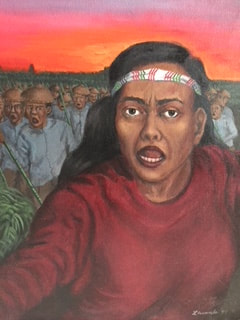
"The Gabriela" (1999) Acrylic. 20" x24" by Lewanda Lim
In 1999, Lewanda was commissioned to create a painting about the legendary Filipina warrior, Gabriela Silang, for a film documentary project entitled, "Tea and Justice". This painting is shown in the film's introduction and portrays Lewanda’s interpretation of this powerful woman warrior.
A summary of Silang’s life can be viewed below: Gabriela Silang: Anti-colonial fighter in the Philippines By Lacei Amodei April 27, 2007. Liberation Newspaper. Filipino women have a long struggle against oppression, foreign control and male domination. They fought for better jobs and the rights to vote and go to school. One of them led a regional revolt against Spanish colonizers. She was Gabriela Silang. —From the website of the organization GABRIELA “María Josefa Gabriela Cariño Silang, born March 19, 1731, and known as Gabriela Silang, is remembered as a fearless warrior and a great leader of the people of the Philippines. She was a military general in the resistance to Spanish colonialism and led the longest sustained revolt against the colonizers. Her brave legacy has persevered long past her death. The memory of Gabriela’s actions has continued to guide women and men in the struggle against imperialism. Gabriela was the daughter of an Ilokano peasant living under Spanish colonial rule in the Philippines. For hundreds of years, Spain dominated the Philippines through forced labor, excessive tax collection and payment of tributes. Imperial Spain’s three centuries of colonialism were not accepted passively by the Filipino people. At least 300 significant armed revolts against cruel Spanish repression were launched by the indigenous peoples of the Philippines. Gabriela first married a wealthy man when she was 20 years old. After three years, she left the marriage and later remarried a 27-year-old indigenous Ilocano resistance leader named Diego Silang. Gabriela was not only Silang’s partner; she was his equal and closest adviser. During the Seven Years’ War—a war between Spain, Britain, France and other colonial powers of the day—Diego Silang was imprisoned by the Spanish. Spain was allied with France and others against Britain during the war. Britain was attempting to diminish the Spanish empire. It invaded the Philippines. Diego Silang was imprisoned after he suggested to the Spanish authorities that they abolish the tribute, colonialist tax, and replace Spanish functionaries with native people. He volunteered to head Ilocano forces against the British. The newly appointed Catholic Bishop of Nueva Segovia rejected his call. Diego Silang’s imprisonment stirred an Ilocano revolt. After his release, he roused his people to action once again. His effort was cut short when he was assassinated by a traitor paid by the Catholic church. Following his death, Gabriela took on full leadership of the resistance. She moved into the Abra mountains to establish a new base, reassemble her troops and recruit from the local Tingguian community to fight the Spanish. Gabriela led the resistance group for over four months before being captured. She and around 100 resistance fighters were executed by the colonizers on Sept. 20, 1763.”
As a tribute to Gabriela Silang and a fundraiser for the "Telling Our Story" project, check out our Silang tank top.
|
AuthorMgaKwento is a storytelling collaboration exploring the intersection of art , ethnic identity development and experiences of the Filipino diaspora. Archives
October 2023
Categories |
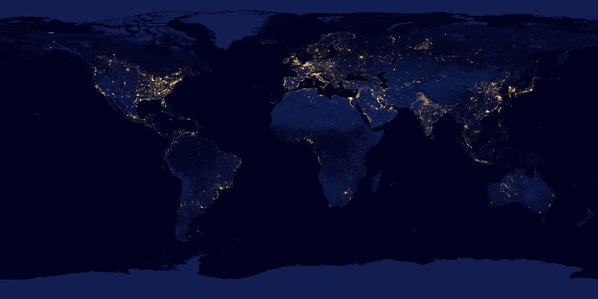
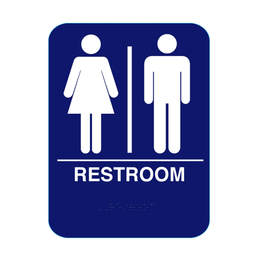
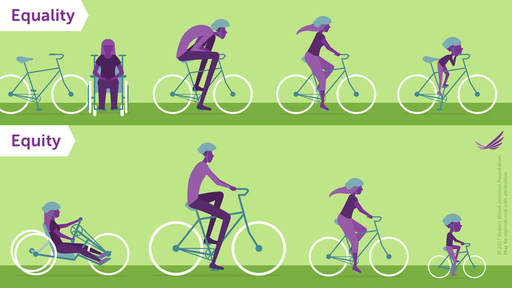
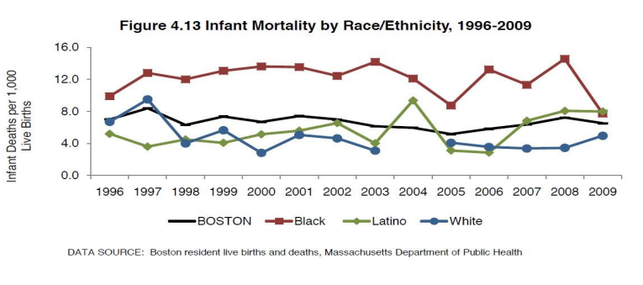
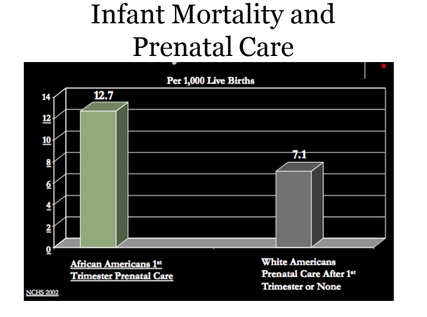
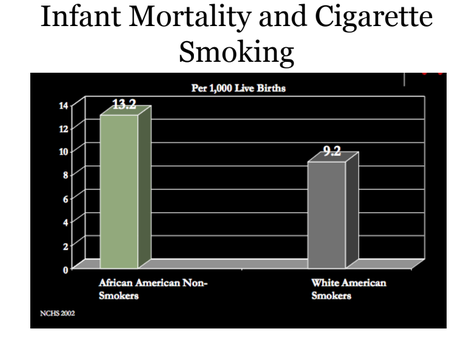
 RSS Feed
RSS Feed